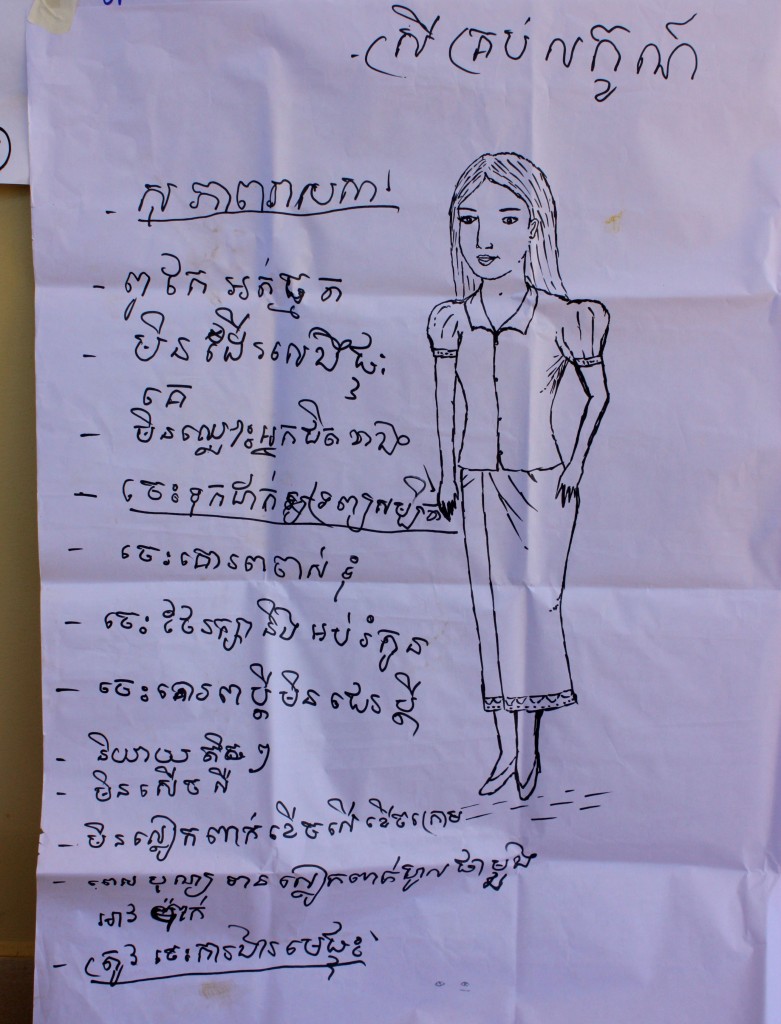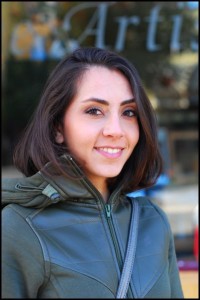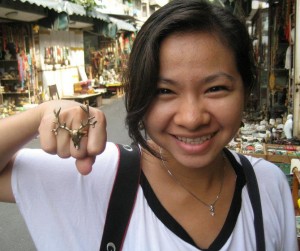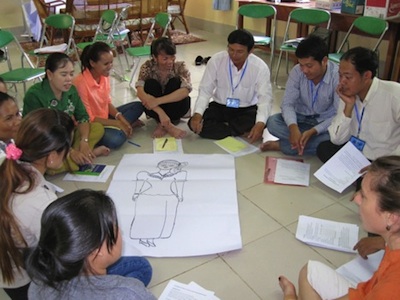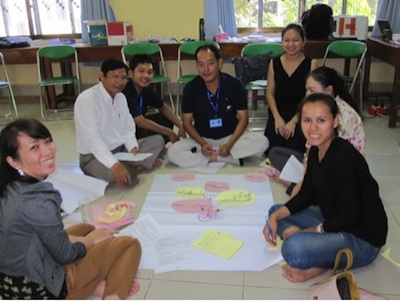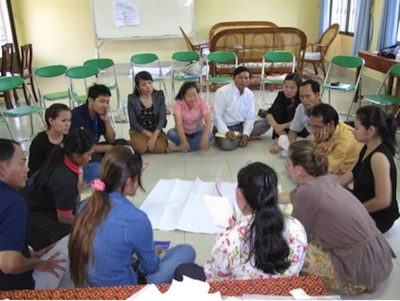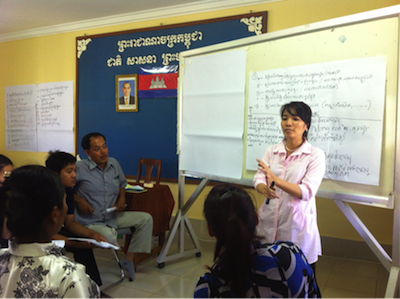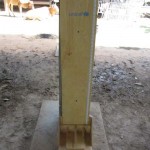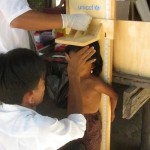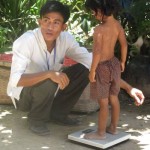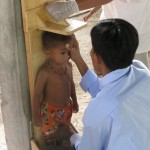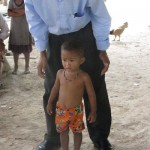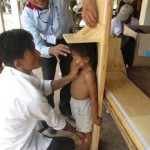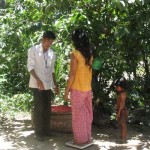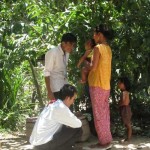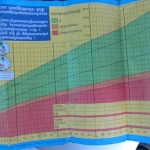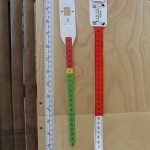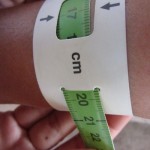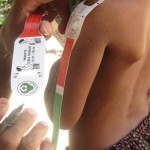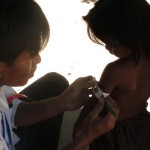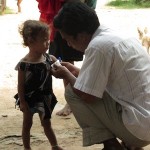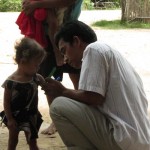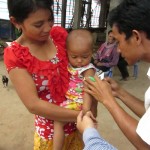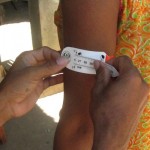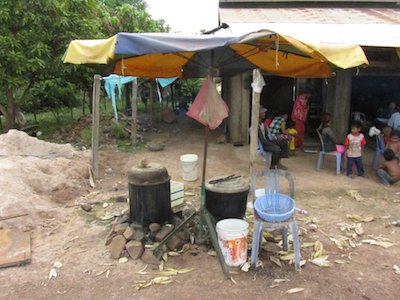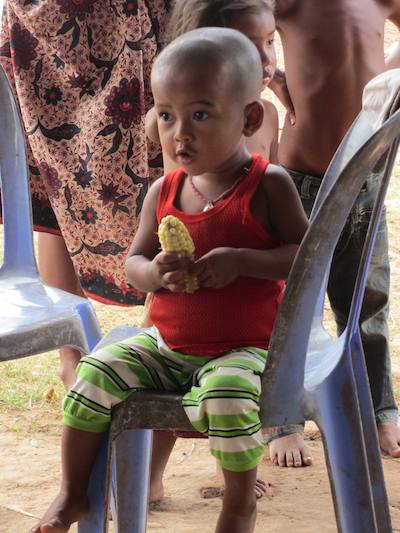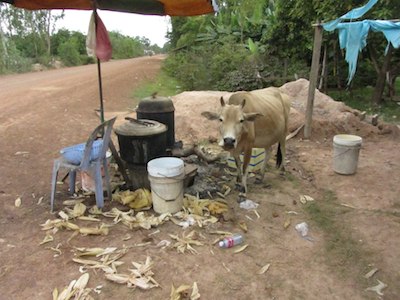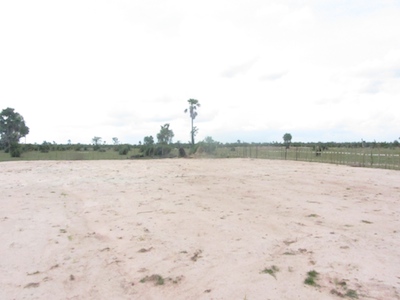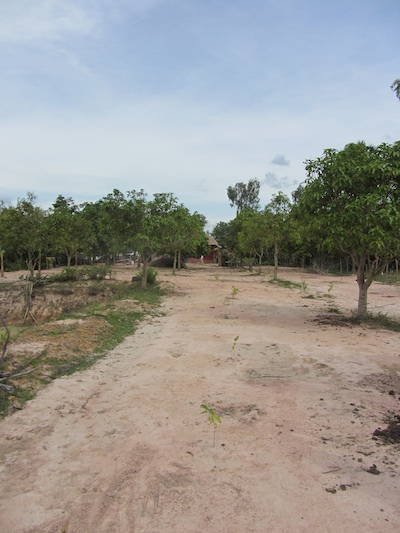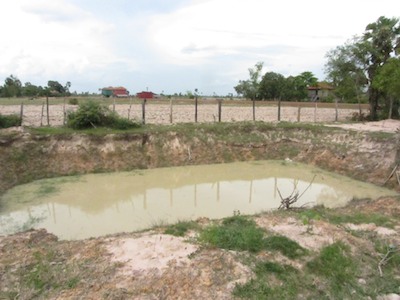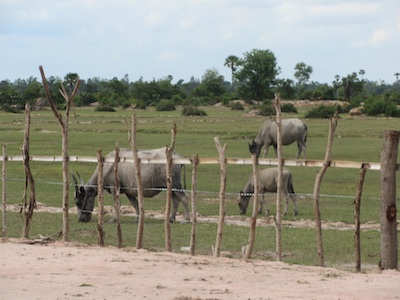One of the most interesting tools that we used in the gender survey was the Body Image of Men and Women. The objective of the tool was to illustrate the different behavioral expectations for men and women, how they were learned, and to identify the consequences for people who do not follow them. This was done in separate groups of men and women; the men discussed the behavioral expectations for men and the women discussed the behavioral expectations for women.
I was fortunate to observe the focus group discussion of the women for this tool. First, we had the participants draw a picture of an ideal woman, which depicted how she was expected to look, dress and stand. Then as a group, the participants brainstormed the important qualities that an ideal woman should have and wrote them around the drawing.
This tool illustrated the very different behavioral expectations for men and women. A man is expected to be strong and to be responsible for the family’s income, while it is important for a woman to be a good housewife and a good caretaker of the children.
Our participants came up with 13 qualities that an ideal woman should have such as politeness and docility, patience, respect for her husband and respect for the elders. She needs to be a good housewife who does not leave the house. And she is responsible for the wellbeing of the children and the management of all the household assets such as the income earned by the husband, the cows, and the pigs.
After drawing, we discussed the importance of each of the qualities and the consequences for those who did not live up to the expectations. These behavioral expectations were learned from a young age from their parents, older siblings and teachers. When these expectations were not met, the people in the community would say that she was a bad woman and won’t befriend her. Also, it will only affect her family’s wellbeing if she was unable to fulfil her responsibilities. For instance, if she wasn’t patient with her husband when he picked a fight with her when he was drunk, then the conflict will not end and this is not good for her family, especially the children. She will also get into trouble with her husband if she did not do the household tasks or manage the assets well.
The women found some rules to be hard to follow such as always being patient with their husbands, especially when they were drunk, or staying at home all the time because they needed to have relationships with their neighbours who were also a great information source.
This tool has made them realized that there had been behavioral changes in the community that diverged from the traditional rules. Even though the women believed that these expectations had their merits, they had noted some positive changes that had taken place. The women reason and question other people more now and they are allowed to leave the house for income-earning, such as working in the factories in Phnom Penh. They saw these changes as positive because they increased the family’s income and improved their livelihoods.
In addition to improving nutrition, the objective of Fish on Farms is also to improve livelihoods by empowering women. The information gathered through this process is important for our project because we can use this to study the problems that are faced by the women in the community such as domestic violence, and the roles of women in decision-making and income management.

